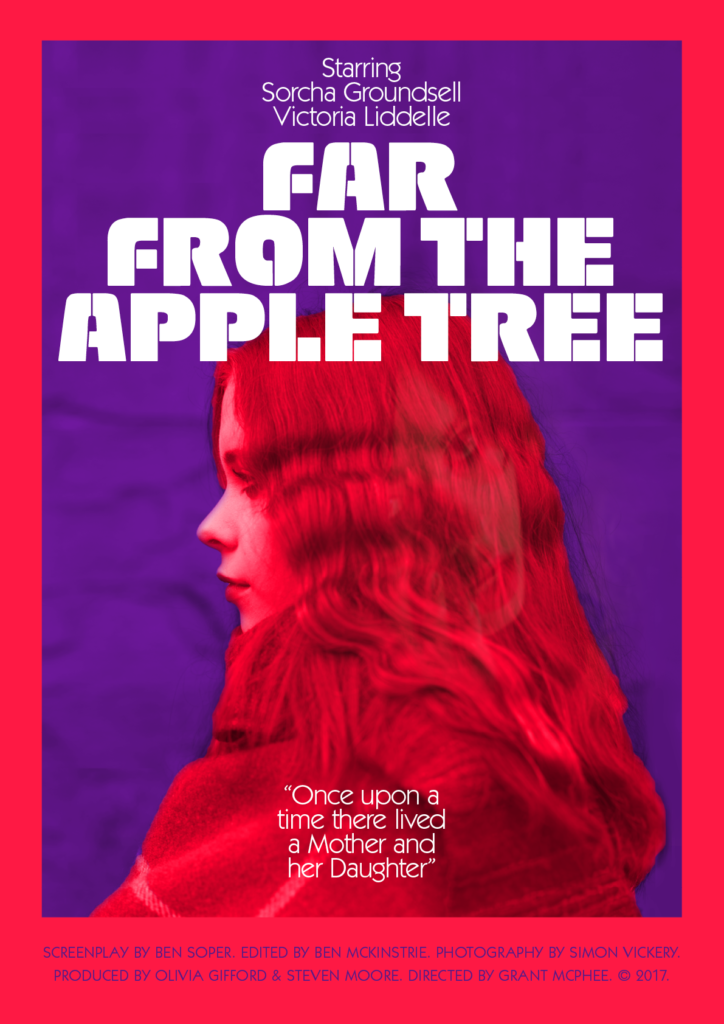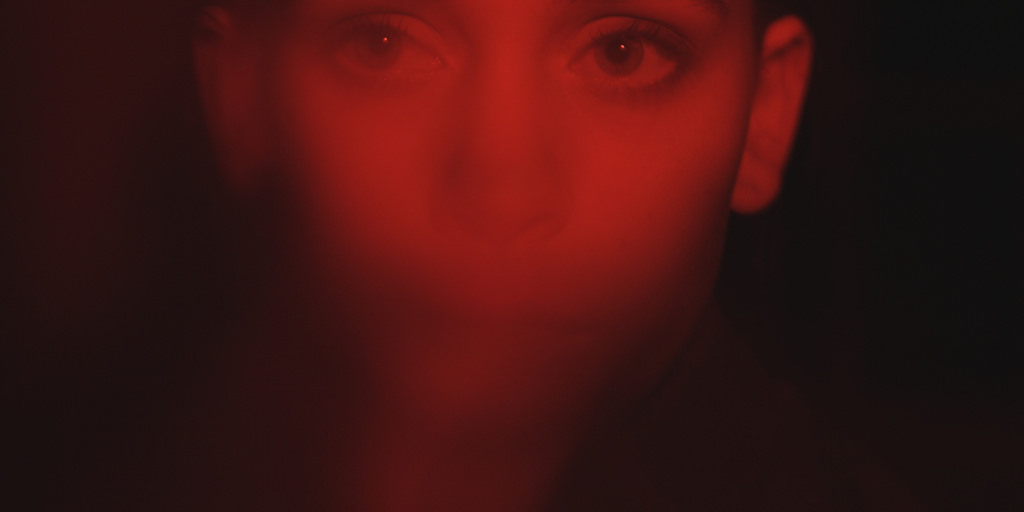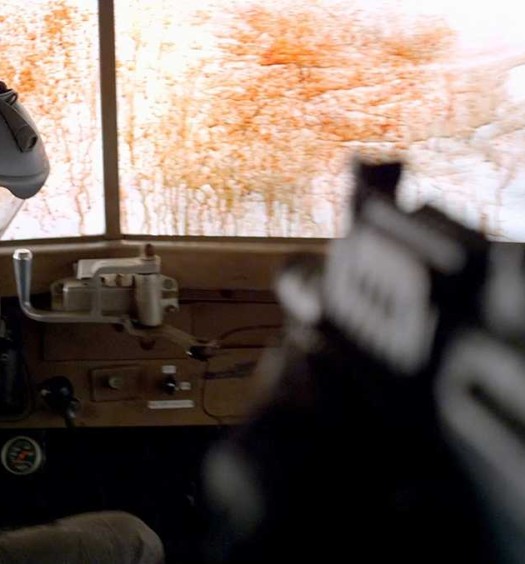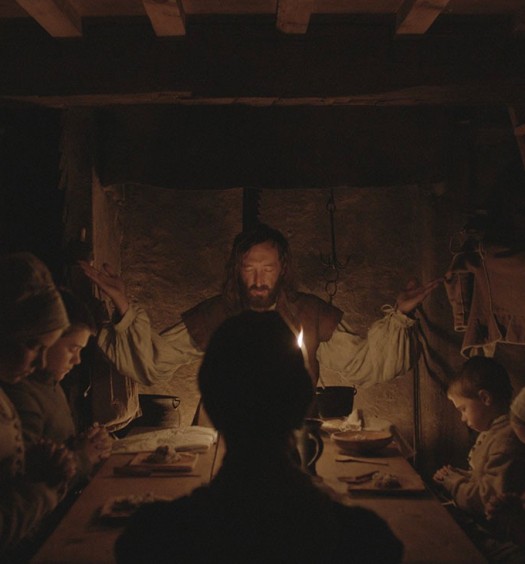Pardon the humble brag, but we’ve been sent some pretty cool shit from filmmakers over the last few years. But few things are cooler than getting to check out rough cuts of upcoming genre films. It’s something I’ve been able to do quite a few times now. Sometimes it’s neat to get a peek at what’s coming, but there are no real surprises. Other times it’s downright disappointing. But almost never is it a genuine surprise–and that’s exactly what happened with Far From the Apple Tree.
A funny thing happened after I finished it. I sat for a moment. I thought for a few minutes about what I had just seen… and then I watched it again. I’ve been doing this thing for a while now, but I can’t recall another instance where I watched a film back-to-back. Far From the Apple Tree is simply one of the most authentic horror films I’ve ever seen. What it accomplishes with zero jump scares, virtually no blood, and a minuscule budget is mind-numbing–and it isn’t even finished.
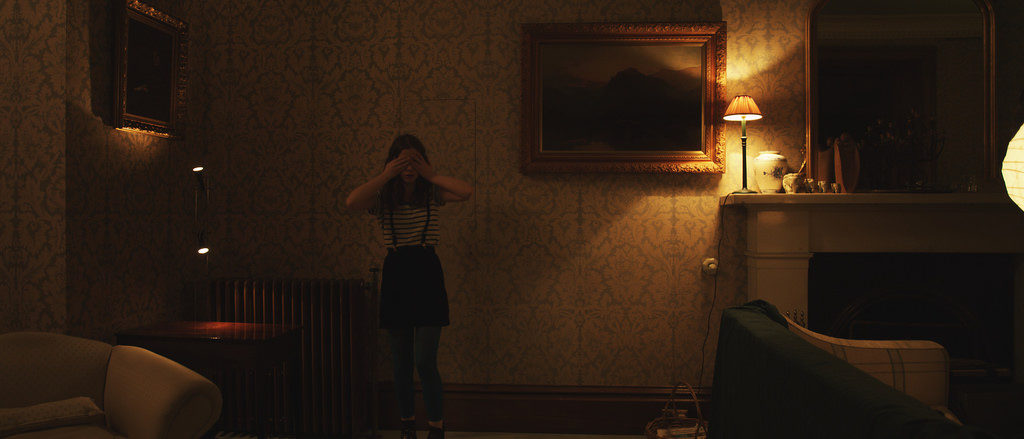
…one of the most authentic horror films I’ve ever seen.
I’ll admit that describing the film is a little tricky given its experimental presentation. But here’s the gist of it: A young woman receives an offer from a controversial artist to move into her home in order to assist with archiving her life’s work. But as the young woman starts to dive into the project, she notices a girl that looks surprisingly similar to herself in the footage. From there, Far From the Apple Tree largely lets you draw your own conclusions. It will almost certainly not be for everyone. In fact, it can be downright challenging to follow in its opening minutes due to seemingly fragmented scenes and footage, but in hindsight, that’s all part of the journey.
The team filmed on a variety of formats including 35mm, 16mm, 8mm, home processing, Betamax, Pixelvision, and Red. All with no VFX being used. As a result, what’s being shown on screen could be misconstrued as inconsistent. But in reality, it creates a sort of visual engagement that I’m not sure I’ve experienced elsewhere. I found myself completely engrossed by every single transition and every single second of b-roll. Not only does this aid with engagement and stimulation on what could otherwise be described as a “slow burn”, but it’s also terrifying. This isn’t a movie that is attempting to create a faux time period with camera tricks–it’s simply using vintage gear in an unusual way to tell a modern story. Interestingly enough, though–Far From the Apple Tree ends up actually feeling like a classic horror film that flew beneath your radar somehow. It doesn’t matter if the characters have a cell phone and digital cameras–this is old school folk horror at its finest.
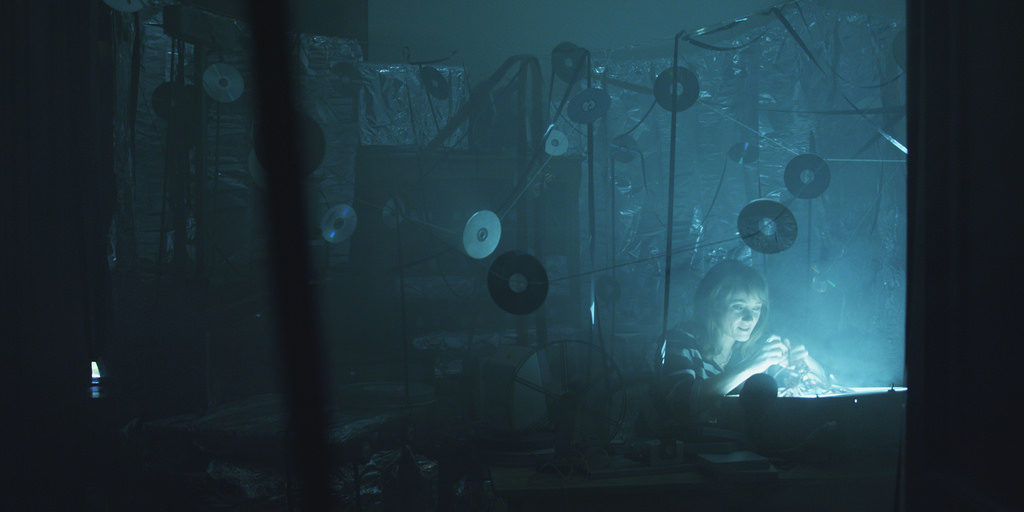
Old school folk horror at its finest.
Would it be a stronger film without the extra camera formats? Hard to say. Believe it or not, I credit the unorthodox approach to their inclusion. Removing them could very well take away what makes the journey so special. It’s also worth mentioning that the lead actresses Sorcha Groundsell and Victoria Liddelle are both phenomenal. Indie productions often live and die by their cast, and this one wouldn’t have been the same without either of them.
It seems as if every other month or so, major media outlets proclaim the death of Horror–citing a lack of originality and atmosphere for its demise. Then in the same breath, they praise the “classics” of the 70s and 80s and long for the movies of yore. The truth is: those films were just as flawed as what they now critique. People simply use the power of nostalgia to elevate them. Don’t get me wrong, there are some excellent classic horror films that certainly deserve the accolades, but if you treat Far From the Apple Tree with the same respect and benefit of the doubt as you do those–you might be surprised at how well it ranks among the best of them.
There is currently no release date announced. We’ll keep you updated as we know more. A numerical score will be given once the film has exited post-production. Spoiler: It’s good.
